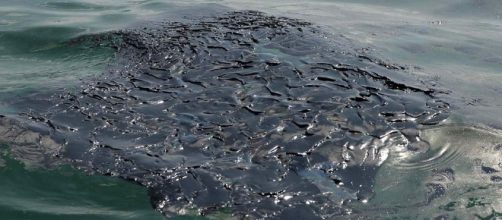An increasing number of environmental studies have shown the risks of fracking include earthquakes, which are responsible for more toxic spills. These spills severely impact the environment with irreversible damage from oil and natural gas spills, including methane. Duke University reports that 16 percent of these toxic spills send out hydrocarbons and pollutants every year. These results are a direct correlation to the process of fracking. The Environmental Protection Agency released a study suggesting that 457 have taken place across 8 hydraulic fracking states.
Unfortunately, the newer study finds that the spill rates are actually 8 to 9 times higher than the EPA originally thought.
Earthquakes and a river of fire
On September 3rd of last year, Oklahoma suffered a severe earthquake ranking at a magnitude of 5.6M. According to the United States Geological Survey, this earthquake occurred at the core of the North Atlantic tectonic plate. No grating nor grinding takes place in that level. Tectonic plates slide past each other to generate stress. In this instance, it appeared that two segments in the same plate abruptly slid past each other after one was struck. Fracking destroys the underlying geology, leaving Oklahoma with a significant increase in earthquakes.
Another example of the results of fracking was seen in Queensland, Australia when locals realized that the Condamine River was full of methane. Rivers are not supposed to catch fire. The fracking process, which involves using explosions deep inside the ground to force natural gases to the surface, causes methane to pollute local water sources.
The People's Climate March
With the recent attacks from the Trump administration against the Environmental Protection Agency, scientists and conservationists have organized a protest set for April 29. The People's Climate March is meant to bring conservation, climate change, endangered species, and other environmental issues to the foreground of politics.
Republicans seek to weaken the protection that the EPA provides, which includes restricting the use of fracking and other damaging methods of sourcing energy. Until the damage to the earth stops, scientists fear that an increase in yearly toxic spills and earthquakes will continue.

